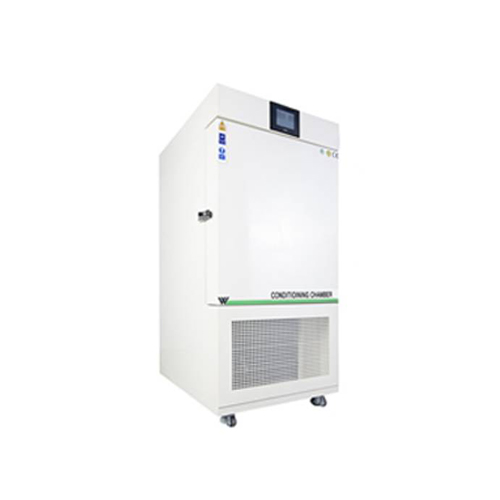Drosophila Test Chamber
Drosophila melanogaster, commonly known as fruit fly is one of the most common genetic model organism that is used in several laboratories across the globe for the study of genetics and other biological sciences. There has been a lot of emphasis on Drosophila research, especially since it was established that a vast majority of human disease genes have parallels in the Drosophila genome and therefore conventionalDrosophila genetics can be used to place human disease genes of unknown function in the context of functional pathways. The Drosophilagenome also shows high degree of homology to the mammalian genome and is often used for the identification and characterization of cellular processes and major signaling pathways that are conserved from fruit flies to humans. The insect has a short generation time, allowing large genetic screens and providing a cost effective solution to studying population genetics.

Most of the scientific research laboratories engaged in Drosophila research generally employ Drosophila research chambers for rearing of these insects in laboratories. These equipments provide a highly controlled environment for optimum growth and development of the fruit fly species. However, the laboratory reared flies may feature altered behavioral phenotype as a result of genetic drift over time and therefore, it is advisable to change the fruit fly stock every few hundred generations to protect the natural gene pools of these organisms. This chamber also known as Drosophila Test Chamber and Fruit Fly Test Chamber.

